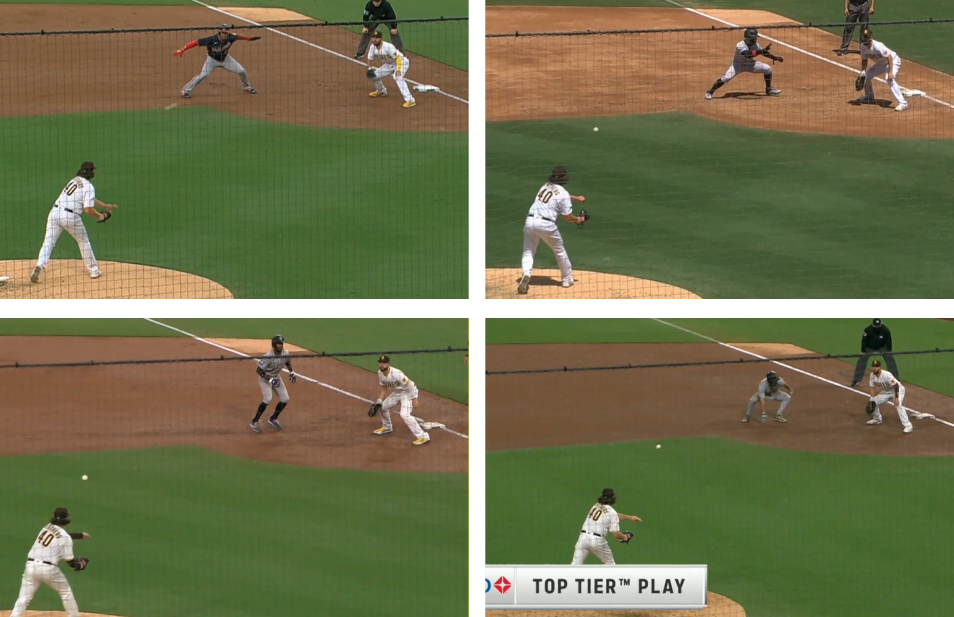One of the biggest reasons the Mariners have stuck around the fringes of the AL wild card race despite a -60 run differential has been the collective performance of their bullpen. Kendall Graveman had established himself as a bonafide relief ace before being traded to the Astros in late-July, and Drew Steckenrider has revived his career after falling apart in Miami two years ago. But equally unexpected, and perhaps the biggest reason Seattle felt comfortable dealing Graveman at all, has been the fantastic season put together by its other breakout relief ace: Paul Sewald.
Drafted as a reliever by the Mets in the 10th round of the 2012 draft, Sewald came with two years of college experience under his belt at the University of San Diego and quickly moved through the farm system. He reached the majors in 2017 and made 125 appearances out of the bullpen through 2020, but outside of a 23.5% strikeout rate that was just a hair above league average, he was mostly forgettable as a Met; across 147.1 innings in New York, he posted a 5.50 ERA. He was non-tendered this past offseason and signed a minor-league contract with the Mariners in January.
Even though Sewald wasn’t able to make the major league roster out of spring training, he has thrived in Seattle. He was called up on May 13, the same day Jarred Kelenic and Logan Gilbert made their debuts, and while his return to the majors was much less heralded than those two top prospects, he’s arguably been more important to the Mariners this season than either. He’s upped his strikeout rate to 40.3% in 2021, the fifth highest rate among all qualified relievers, and all those strikeouts have helped him drop his FIP to just 1.95. In just 45.1 innings, he’s more than doubled his total career WAR.
Michael Ajeto of Lookout Landing was one of the first to write about Sewald’s breakout, but the reasons for his improvement are tough to spot on the surface. He’s simplified his pitch mix a bit, cutting out his rarely thrown changeup and increasing the usage of his slider to make him a two-pitch pitcher:

Both the fastball and slider are returning better-than-ever results, with the latter generating a 38.6% whiff rate and a .270 wOBA against. But as good as his breaking ball has been, the four-seam fastball has been even better. Its whiff rate is up to 35.3%, the 12th-highest mark among all four-seam fastballs thrown at least 100 times this year, and it boasts the 12th-highest CSW% (35.7) in that group.
Read the rest of this entry »


